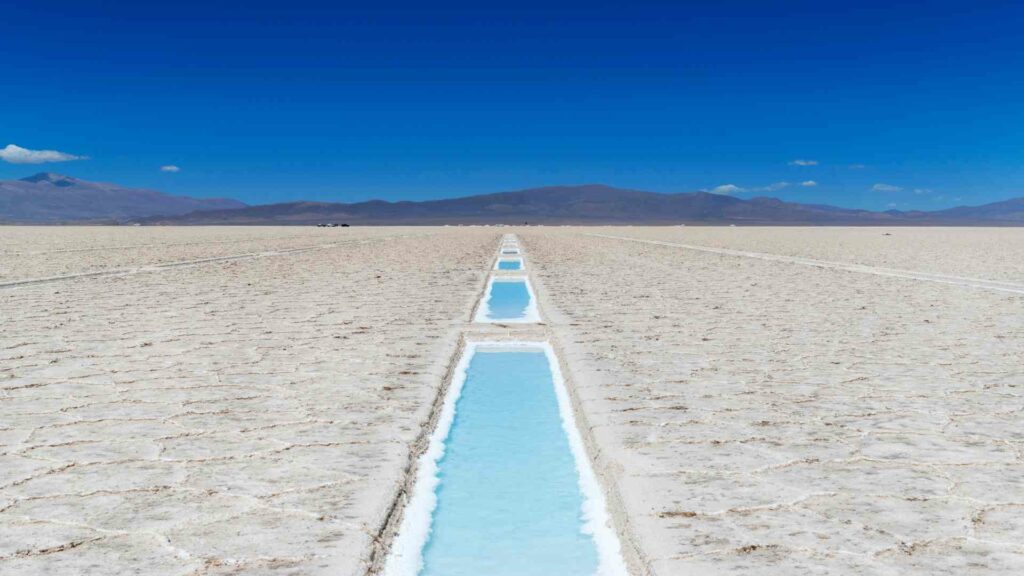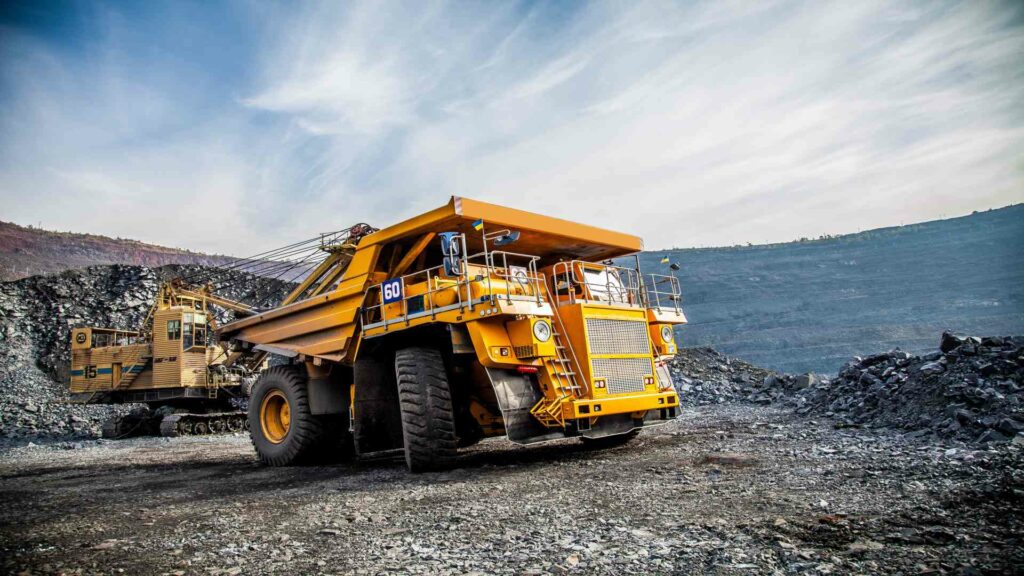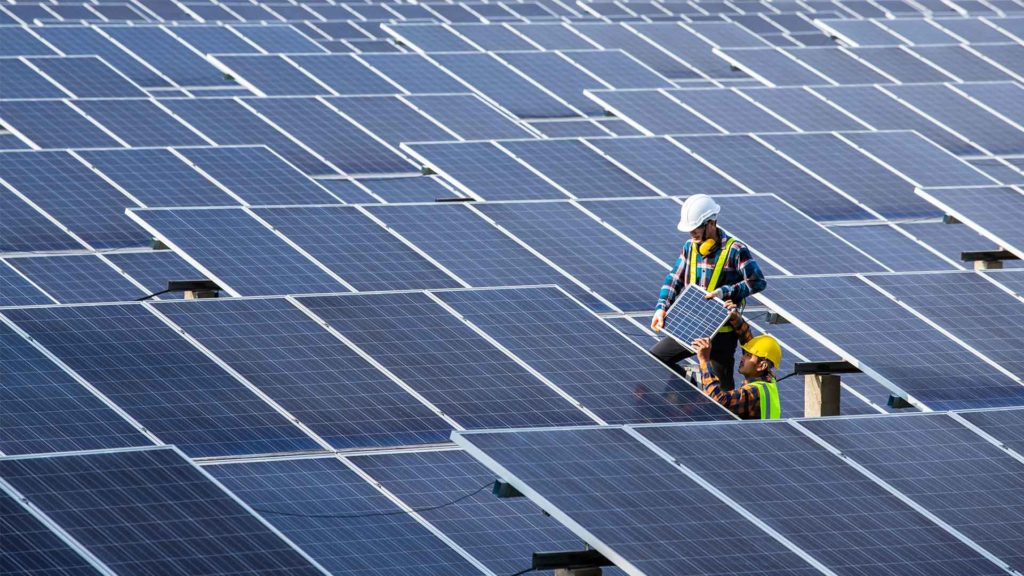Boron Mining Processes
Commercially, boron is attracting attention due to its strategic importance in aerospace and defence as well as in green energy and advanced energy, helped by certain boron compounds. But how is boron mined and where is it mined? Boron is an element that naturally occurs in nature. Borates mining producers extract boron and borates from boron-containing minerals such as colemanite, ulexite, tincal, and kernite. The bulk of known borates deposits are found in Turkey with the USA as the second largest producer. Other regions include Argentina, Chile, Russia, China, and Peru.
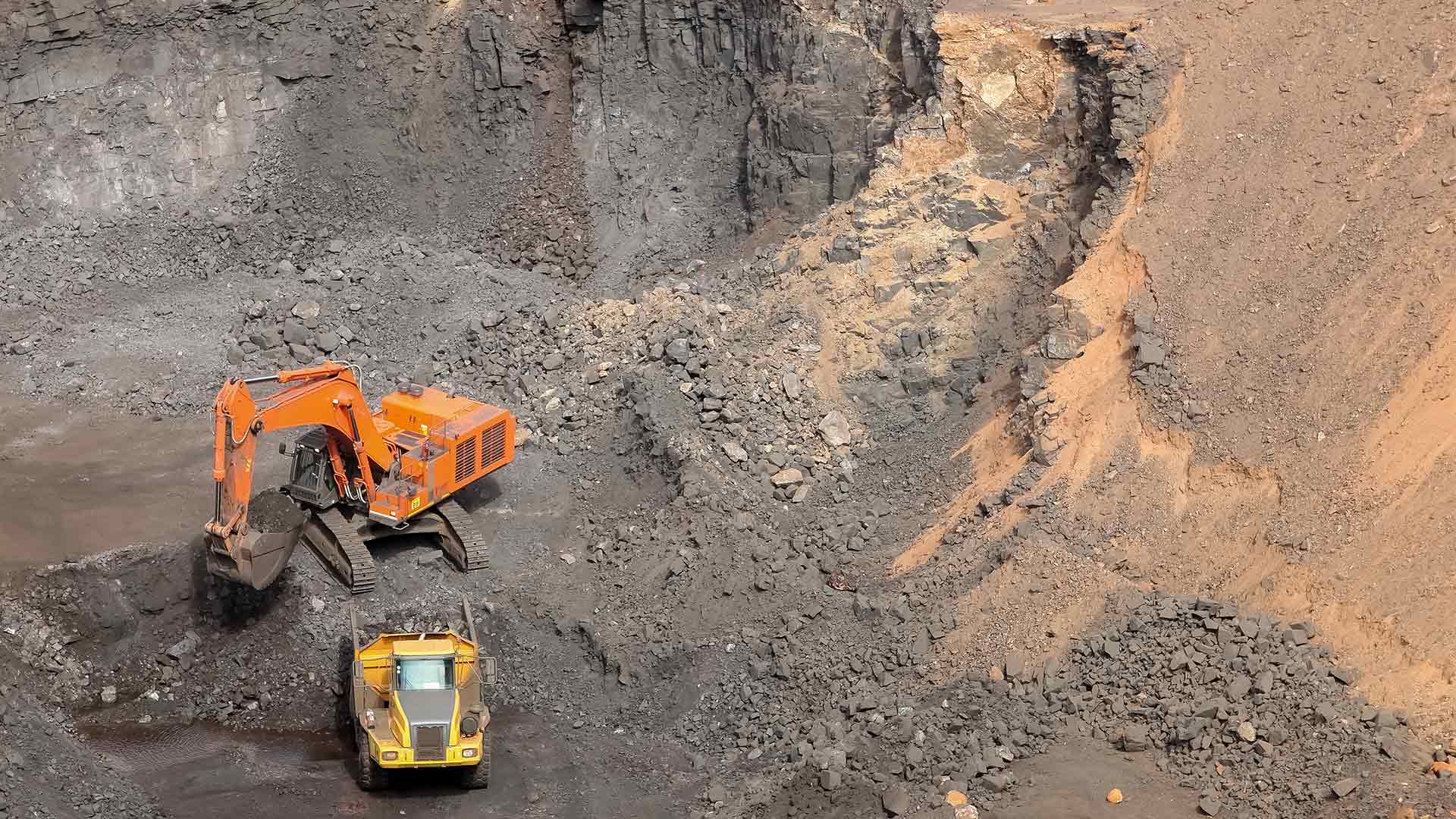
Introduction to Mining Boron
History of Boron Ore Mining
Borax was first extracted from dry lake beds in Persia and Tibet and traded to Arabia and India over a thousand years ago. Today 75% of all borax production occurs in either the U.S. or Turkey.
The mining of boron ore has a long and fascinating history. As stated in Environmental Health and Safety, Turkey’s borate industry began in 1865 with the mining of calcium pandermite. Several deposits were found across America at about this same time (1878), including ulexite and colemanite near Death Valley by the United States Geological Survey.
It was not until 1906 that commercial mining began. The Kramer deposit—now known as Boron-California was first discovered during 1913 when it consisted primarily of molybdenum ore, but soon afterward, tincal ores appeared. However, the mining did not last for more than three years due to heavy competition from nearby mines at Trona Pinnacles and Searles Lake and financial difficulties during World War I, which caused its closure shortly after 1916.
In 1926 another attempt had been made by Vanadium Corporation with little success because regulations required an expensive treatment process before export could take place. Later the mining continued.
In the early days of boron mining, it was discovered that borax would cause a person to go into shock in large quantities. It also caused severe irritation and dry skin among those who used it on their clothes or other whitening items. At first, this led many people not to be receptive because they were so concerned with how harsh these compounds could be for one’s health.
This discovery changed everything, though, as scientists took notice of its properties, such as detergent building agents, which are very useful nowadays due to more environmentally friendly products becoming available over time whose effect is less harmful than common bleach chemical treatments.
The Environmental Health Criteria (204) report suggests that the total world production of boron minerals was approximately 2,750,000 tonnes in 1994. About 800,000 tonnes of commercial borate products were manufactured from the boron minerals—mainly agricultural and industrial products.
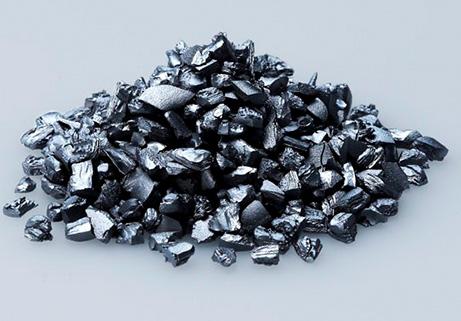
Boron Crystals
Where Is Boron Mined?
Borates are formed when boron is combined with oxygen. Boric oxide can be found in more than 200 minerals, but only a few of these are commercially important. They are primarily found in the arid areas of California and Turkey where boron mining is carried out by both large government-owned entities – Eti Maden – and smaller private companies – American Pacific Borates. Pure boron can be extracted and transformed into various industrial and agricultural products through complex and varied processes. However, boron mining has always been surrounded by contentious debate.
The largest global borax deposits are in Turkey. Many are still untapped. International boron mineral mining reserves exceed one billion metric tonnes; these constitute approximately 90% of the yearly production, about four million tons.
The minerals colemanite and rasorite (kernite) provide for most of this while being mined primarily from Turkey’s provinces Eskişehir Kütahya and Balıkesir, respectively, with a small amount coming out of California even though it only constitutes 3%.
Borate deposits are associated with volcanic activity and arid climates. The largest borate deposits are located in three locales: the Mojave Desert of the United States, the Tethyan belt in southern Asia, and the Andean belt of South America. As a result, most borates are extracted primarily in California and Turkey and, to a lesser extent, in Argentina, Bolivia, Chile, China, and Peru.
Its compounds and minerals are produced by surface and underground mining and brine. The United States holds nearly one-fifth of the world’s boron resources and is a net exporter. While it is present everywhere in the environment, substantial deposits of borates are relatively rare. They supply nearly half the world’s demand for refined borates, minerals essential to life, and modern living.
Who is Mining Boron?
Some of the top miners of boron are Eti Maden, Rio Tinto, U.S. Borax, Searles Valley Minerals, Minera Santa Rita, Borax Argentina, Quiborax, American Pacific Borates, etc.
Eti Maden, a Turkish state-owned mining company and chemicals company that focuses on boron products, is owned by the Turkish government. It is the only entity that can mine borate minerals in Turkey. Turkey has 72% of all known deposits.
Rio Tinto began mining in California’s Mojave Desert more than 135 years ago. The company’s California boron operations supply about 30% of the global demand for refined Borates. They are located in one of the two largest borate reserves globally. For over a century, U.S. Borax has provided refined borates for industrial processes and agricultural and commercial purposes. The company extracts and refines borates at two locations in California and Argentina and then ships them around the globe. Rio Tinto owns the company.
The Fort Cady Borate Mine of American Pacific Borates Limited (ASX: ABR) in California is a multi-generational borate resource that includes boric acid, borate specialty material materials, gypsum, and potassium sulfate. ABR is a global leader in advanced materials production and is interested in high-value specialty fertilizer products and specialty fertilizer applications.
Searles Valley Minerals Inc., a company that produces and mines raw materials, is located in Overland Park. It operates in major areas in California, including Trona and the Searles Valley. Borax, boric acid, and soda ash are all produced by the company. Quiborax is the third-largest producer of boric acid in the world. It is a mining and manufacturing firm based in Chile’s Arica, Parinacota and Antofagasta areas. Its Surire mine, located at 4,050m above sea level in the Surire salt flat, is 157 km southeast of Arica.
How is Boron Mined?
Several steps are followed to extract boron for commercial purposes.
Drilling
A miner or company must have access to the location of natural boron deposits to mine it. Exploration is incomplete without drilling. It’s the only way to see what might be beneath. A computerized drill file provides information about the location and composition of the deposit. This data is used to develop long-term mine plans that can be used in future mining decisions.
Blasting
Drills are used to break up the rock at an excavation site for a mine. Drilled holes can be filled with explosives to detonate when needed for mining processes such as blasting loose sandstone above boron ore or creating tunnels through rock formations.
Shovelling and Transporting
Once the overburden and ore have been removed, giant shovels are used to scoop up the rubble. Before the ore can be refined, it must first be crushed. It is then transported using a comprehensive system for refining.
Refining
- Dissolving: The crushed ore is mixed with water. Screens are used to remove insoluble rocks, sand, or other solids.
- Settling: The saturated-borate solution is pumped into large tanks called thickeners. The liquid remains on the top of the tank if the clay is heavier than the rest.
- Crystallizing: The liquid is transferred to crystallizers to cool. The temperature drops force the borates to concentrate and form a mixture of water and borate crystals.
- Filtering: The slurry can be poured on top of special fabric filters and then washed to remove any contaminants. A vacuum underneath the filter draws water away.
- Drying: Crystals of damp borate are then transferred into large rotating dryers that use hot water to dry them.
- Transportation: Dry borates are dropped onto a conveyor belt to be stored, packed, and shipped.
Contemporary Public Opinion on Boron Mining
The impact of boron mining on the environment has been a hotly debated issue in recent years. It enters the environment through natural and human-made processes. Natural weathering of soils and rocks can release it into the air, water, or soil. Manufacturing plants that use boron (like glass manufacturing and coal-burning power plants) also release it. Once it is in the environment, it does not break down. Instead, the element changes form, attach to, or separates from the soil, sediment, and water particles.
It is an essential nutrient for aquatic life and terrestrial plants, but it can have toxic effects at high concentrations. Concentrations of boron observed in Minnesota’s surface waters are typically lower than the level that would harm aquatic life.
This industry is a vast global enterprise with important implications for our planet’s ecosystems and climate change. To tap into this resource-rich market, many countries have started their domestic production, such as China who currently controls over 60% of world reserves and uses it in their metal smelting process.
This causes significant environmental damage, including acid mine drainage from sulphidic ores used by some coal plants, air pollution, water contamination. The latter releases heavy metals during ore processing along waterways while also contributing substantially to greenhouse gas emissions due to reliance on fossil fuels for energy purposes.
There is an ongoing debate about the effects of boron mining on our environment. The impacts are complex and vary depending on contextual factors such as geography, geology, climate change scenarios, socio-economic status of communities in proximity to mines sites, etcetera. One side argues that it leads to environmental degradation through contamination or resource depletion. A recent example is the Rio Tinto Jadar valley project in Serbia that has been suspended because it posed serious harm to the environment and biodiversity and disrupted citizens’ lives due to forced displacement.
But there is always another argument that supports mining. Mining presents some critical economic benefits for some stakeholders involved, like governments and local people who work at these mine sites to improve their lives through increased income opportunities from employment in this industry.
The most severe impact of mining on the environment comes from its high water consumption and consequent depletion of water resources and air pollution (fumes), water and soil pollution near mine sites. But boron is an element that has several applications across several fields. Hence, it must be mined. The only solution to this dilemma is sustainable mining. Authorities and the companies involved need to be more accountable.

